The winter months give you time to reflect on your garden and plan for the future. If you have deciduous shrubs that you really like and want more of, then they may be plants to propagate in December.
Hardwood cuttings can be taken from deciduous shrubs and trees during their dormancy period from mid-fall to late winter. Taking hardwood cuttings in winter requires patience, as it is a slower method than softwood cuttings, but they are simple to do and the reward is new and identical plants for free.
If you want to learn more about how to take plant cuttings this month, we look at seven popular backyard plants suitable for hardwood cuttings in winter. This guide to plants to propagate in December also includes some simple tips to help you achieve success with your cuttings.
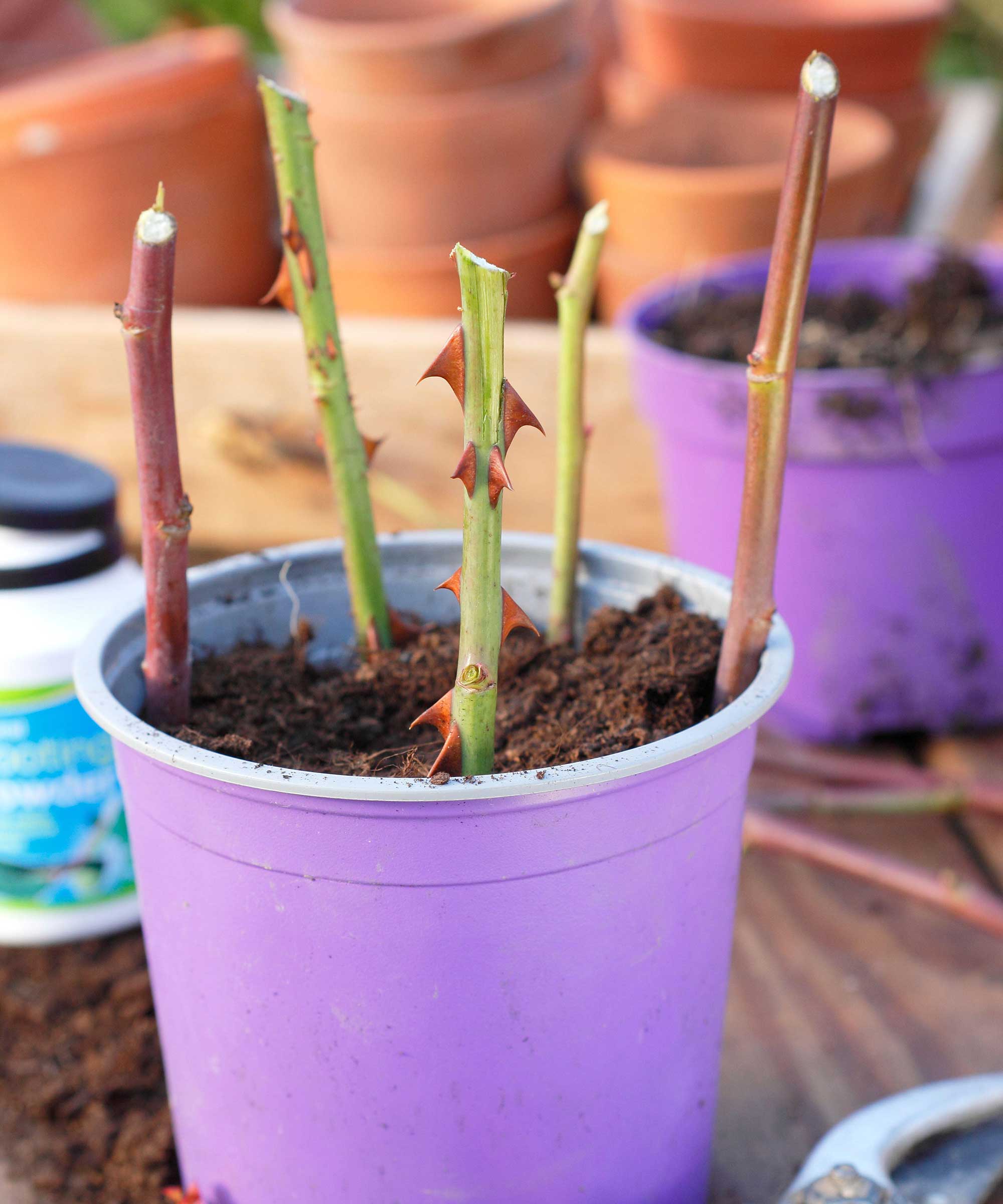
(Image credit: Deborah Vernon / Alamy Stock Photo)
Tips for taking cuttings in December
Whether you take hardwood cuttings in December may depend on your climate. Despite cuttings able to be taken during the dormant season, you should avoid extreme weather as it is a mistake to take plant cuttings during severe frost. If you suffer extreme winters, it may be preferable to take hardwood cuttings in fall, late winter, or early spring.
- Any material for hardwood cuttings should be healthy and vigorous, avoid using stems that show signs of disease, yellowing leaves, or pest damage.
- Cuttings should be between six and 12 inches long, with a sloping cut at the top and a flat cut at the base. The top and bottom cuts should be above and below a bud respectively.
- Dipping the base of the cutting in rooting hormone can improve the chances of success
- The cutting can be placed in a pot or directly into the ground, with two-thirds of the cutting below the soil level.
- During December, placing cuttings in pots and keeping them in a protected spot such as an unheated greenhouse or cold frame can provide extra warmth to promote root growth
Essential kit for taking winter cuttings
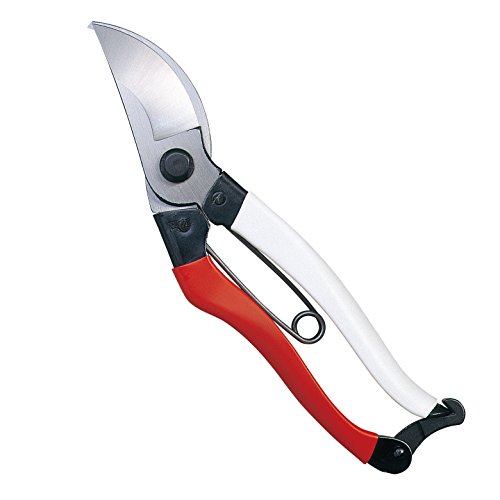
A pair of sharp pruning shears is vital for taking plant cuttings, and these beautiful Okatsune pruners have sleek steel blades that glide cleanly through stems.
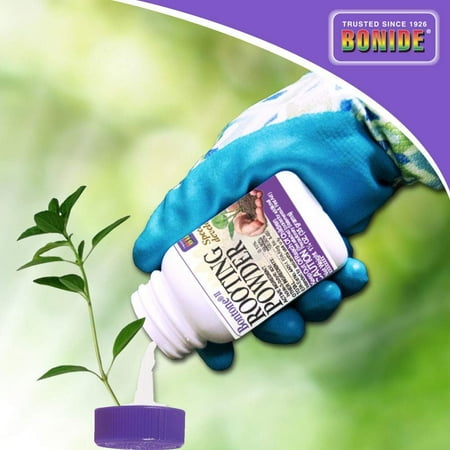
A plant growth hormone ideal for stimulating root production in hardwood and softwood cuttings. Dip the end of a cutting into the powder before placing into the soil.
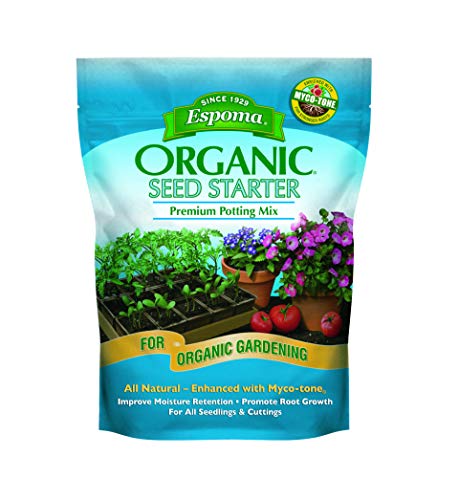
An organic premium blend of the finest natural ingredients, this potting soil mix is specially formulated to grow seedlings and cuttings.
The following popular selections are suitable as plants to propagate in December:
1. Abelia
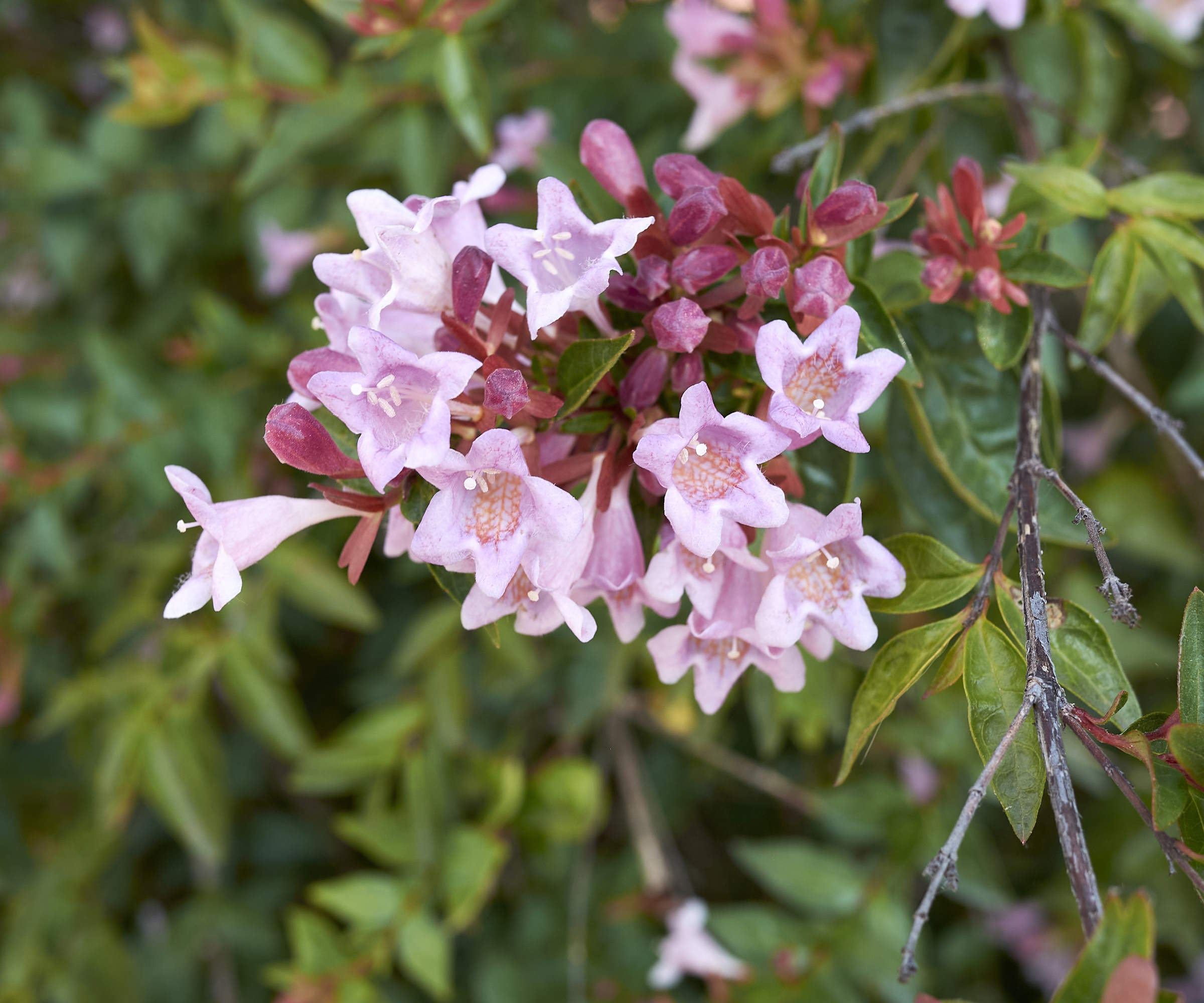
(Image credit: Getty Images/seven75)
Abelia are low-maintenance shrubs that flower over an extended period through summer and fall. The fragrant blooms come in shades of pink or white and stand out against the shrub’s dark and glossy leaves.
Abelia can be left to grow into big and bold forms that can reach 8-12 feet, depending on the variety, or pruned into compact, well-manicured shapes for smaller backyards or formal gardens. The time to prune abelia is during dormancy from late fall to early spring, which provides an ideal time to get new shrubs by taking hardwood cuttings.
The material for a hardwood cutting should come from the current year’s growth and cuttings in pots should be kept somewhere protected, such as an unheated greenhouse or cold frame, to form roots within 2-3 months.
2. Hydrangea

(Image credit: Picture It Photos by Leslie / Alamy Stock Photo)
It is understandable why hydrangeas have experienced a resurgence in popularity over the last decade. Their large and striking blooms come in various sizes, shapes, and colors, and the shrubs require little maintenance. There are many different types of hydrangeas and likely to be one for any climate, location, or backyard style – you can even grow hydrangeas in pots in smaller spaces.
The most popular method to propagate hydrangeas is softwood cuttings, however, most hydrangea varieties are also suitable candidates for hardwood cuttings. Again, it does take longer but hardwood cuttings are simple to take and offer an alternative if you missed the window for softwood cuttings. If you grow hydrangeas and want more stock of any of your favorites, what is the harm in experimenting with new plants for free from hardwood cuttings?
3. Holly
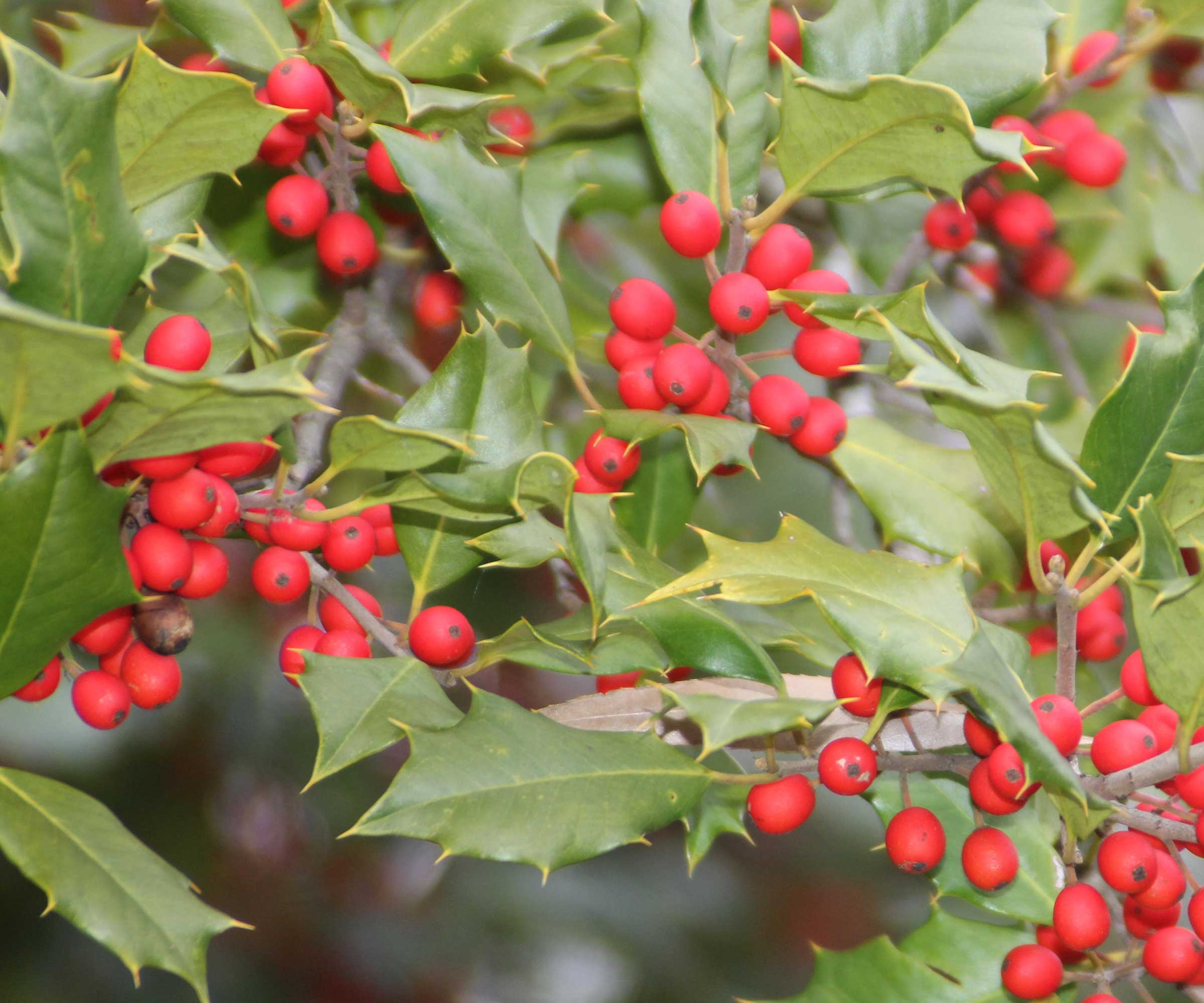
(Image credit: Aubrey Huggins / Alamy Stock Photo)
It is not just deciduous shrubs you can propagate via hardwood cuttings. Evergreen shrubs like holly, privet, euonymus, and viburnum are also suitable.
If you want to grow holly, there are hundreds of different types and varieties suitable for US hardiness zone 3 to US hardiness zone 9. A shrub well-known for its winter berries, holly is versatile and can be grown as an evergreen specimen shrub, an ornamental screen, for topiary, or as a hedging plant.
Annual pruning of holly bushes is best done in spring, but many people cannot resist removing some branches for winter to use as decorations. This is also an ideal time to take hardwood cuttings of holly bushes to expand your collection.
The cuttings can be planted directly into the ground or into deep pots filled with well-draining potting soil. Keep the cutting regularly watered and they can be planted in the garden the following fall.
4. Gooseberries

(Image credit: Alamy)
If you want to add to your collection of soft fruit bushes, this is easily achievable by taking hardwood cuttings during dormancy. If you are growing gooseberries and want more of the tangy fruits for puddings or tarts, they are ideal candidates for plants to propagate this month to get more bushes.
When you prune gooseberries during dormancy the objective is to remove older branches and have a goblet-shaped shrub with a mix of wood that is one, two, and three years old. The ideal stems for hardwood cuttings will be healthy one-year-old stems, which should be soft at the tip but sturdier at the base.
Look for one-year-old stems that seem vigorous, free from disease or pest damage, and at least 12 inches long to snip from the bush. Remove the lower leaves and insert the stem into the soil or a pot of compost. The cuttings should root by spring and be ready to plant come fall.
5. Currants
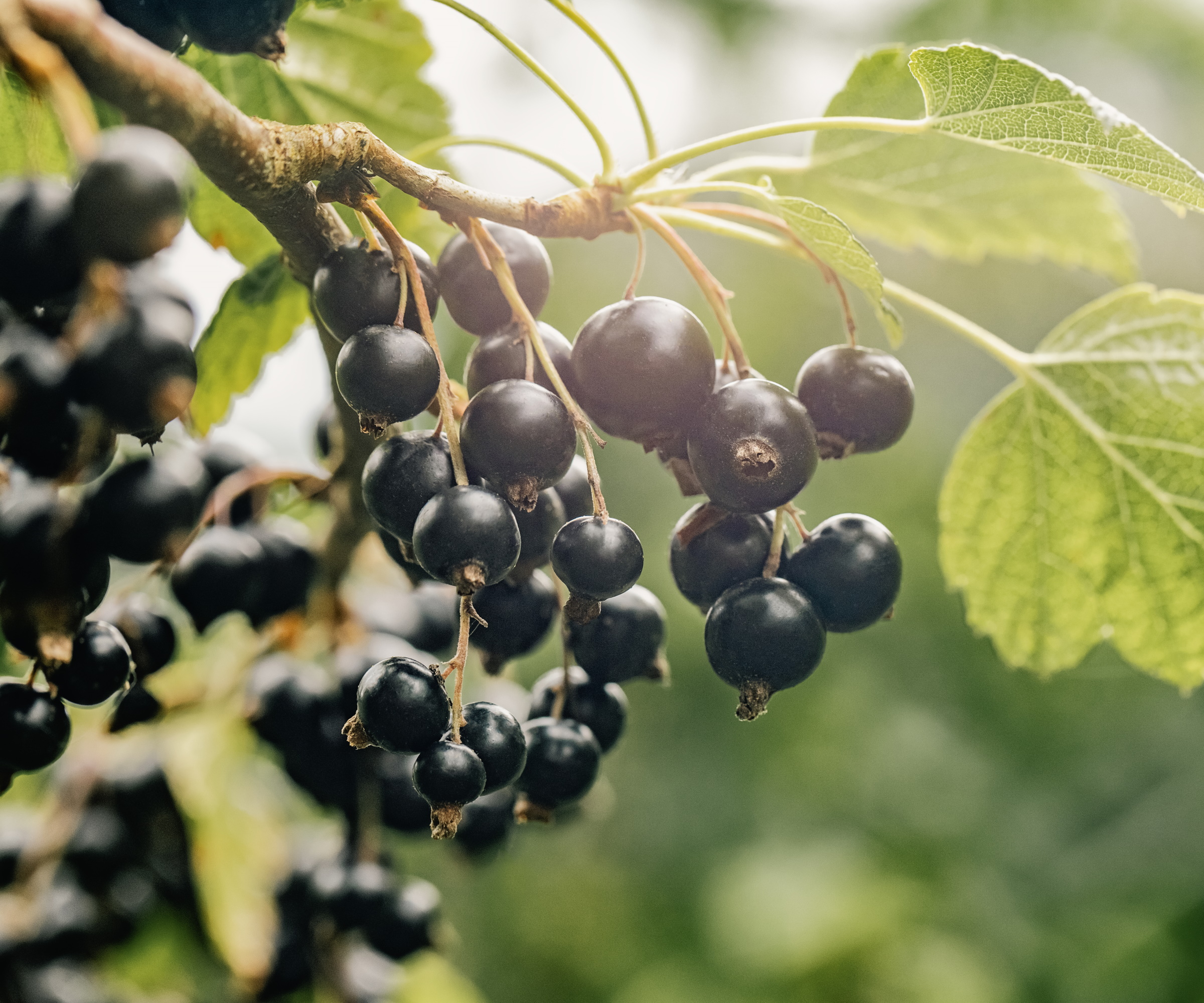
(Image credit: mrs via Getty Images)
Along with gooseberries, I have also taken plant cuttings from currant bushes when pruning them during winter. This includes blackcurrants, redcurrants, whitecurrants, and pinkcurrants growing in kitchen gardens I worked in. Currants root very easily from hardwood cuttings and you can expect a good success rate – but always take a decent amount of cuttings just to be on the safe side.
An advantage of taking the cuttings in winter is you can get a close look at the stems once the leaves have dropped to pick the healthiest ones. Look for stems around the thickness of a pencil and with up to half a dozen buds, of which at least two should be under the soil level when you plant the cutting.
6. Roses

(Image credit: Yulia Shaihudinova)
We mentioned that many deciduous shrubs can be grown from hardwood cuttings, so you may wonder, can you take rose cuttings in December? Well, depending on your climate you may be able to take rose cuttings in December if you have milder winters.
A hardwood cutting is a dependable way to propagate many different rose varieties and they can be taken in fall or winter using a healthy, green stem that grew this year. One pencil-thick stem can make more than one rose cutting, as long as each cutting is at least eight inches long. Make a slanted cut above a healthy bud to encourage rain to run off the cutting and another just below a bud at the bottom.
Well-draining soil and consistent moisture are key to successful rose cuttings and you should start to see signs of new life come spring. Be patient, though, as it can take at least two years till the time to plant roses grown from cuttings.
7. Forsythia
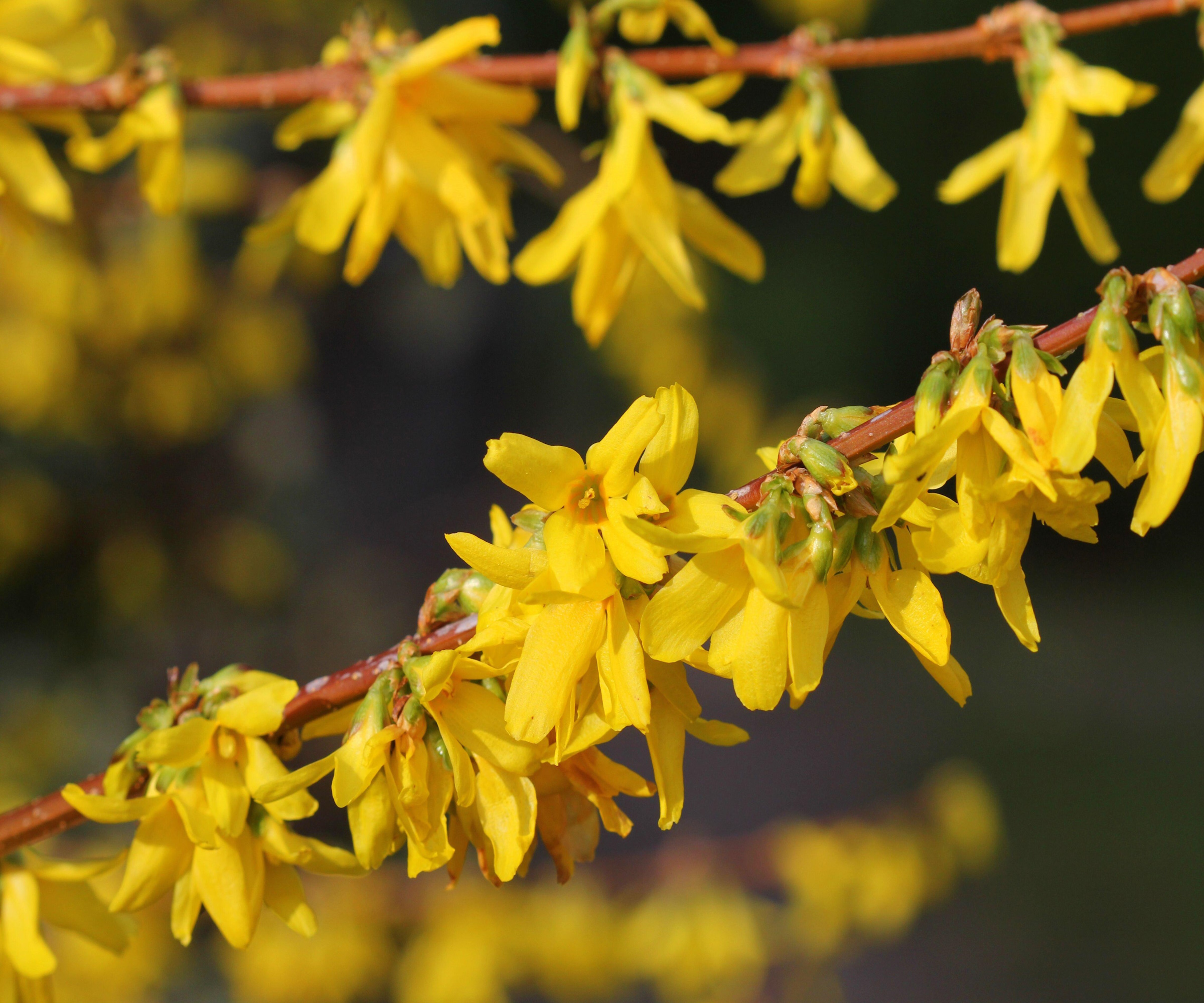
(Image credit: Alamy / Maria Papworth)
Forsythia are very adaptable shrubs that burst into bloom in late winter. They provide great color in the early part of the season and attract butterflies and bees to their vibrant yellow flowers. If you grow forsythia, they require little maintenance each year apart from pruning forsythia after flowering to ensure another great display next spring.
The best time to propagate forsythia from hardwood cuttings is during the plant’s dormant season. Take six-inch cuttings this month and try to have 4-6 buds on each cutting to boost your chances of success. The forsythia cuttings can be placed into pots to grow and be ready to plant outdoors next fall.
FAQs
Can I take azalea cuttings in winter?
When you are growing azaleas, it is not advisable to take hardwood cuttings in winter to propagate more plants. If you want to take azalea cuttings, they are best suited to semi-hardwood cuttings that are taken from late spring to late summer.
Are you seeking more inspiration for your winter gardening checklist on top of plants to propagate in winter? If so, see our guides for plants to prune in December and plants to sow in December to help you get ahead of the game so your yard is filled with healthy plants and puts on a fantastic flowering display next year.

